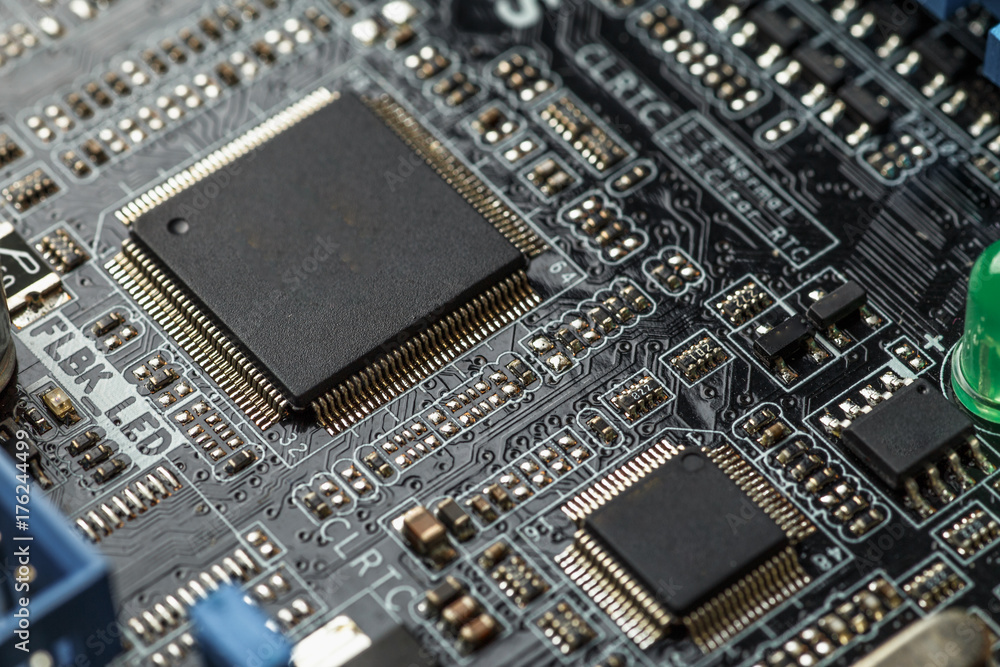In the vast world of technology, electronics play a pivotal role. They are the lifeblood of our modern society, powering everything from our smartphones to our cars. But have you ever wondered about the different categories of electronics? In this blog post, we will delve into the two main categories of electronics: active and passive components.
Active and passive components are the building blocks of electronic circuits. They are differentiated based on their ability to control the flow of electricity and their requirement for power to function.
Active Components: The Power Controllers
Active components are the first main category of electronics. These components rely on a source of energy (usually from a DC circuit) and are able to control the flow of electricity. They play a crucial role in amplifying signals, processing data, and performing a variety of other tasks that require power.
Transistors, diodes, integrated circuits, and optoelectronic components are some examples of active components. Transistors, for instance, are used in amplification and switching. Diodes, on the other hand, allow current to flow in one direction and are used in converting AC into DC. Integrated circuits, the heart of modern electronics, contain multiple active and passive components working together to perform a specific function.
Passive Components: The Silent Workers
Passive components, the second main category of electronics, do not require an external source of energy to operate. They cannot amplify or generate energy, but they can store and dissipate it. These components are used in virtually every electronic device to regulate and filter electronic signals.
Resistors, capacitors, inductors, and transformers are examples of passive components. Resistors limit the flow of current, capacitors store electrical energy, inductors resist changes in current, and transformers transfer electrical energy between circuits.
The Interplay of Active and Passive Components
In the grand scheme of electronics, active and passive components work hand in hand. Active components control the flow of electricity, while passive components regulate and filter it. Together, they form the backbone of electronic circuits, enabling the functionality of our everyday devices.
Understanding these two main categories of electronics is crucial for anyone interested in electronics, whether you're a hobbyist, a student, or a professional engineer. It's the first step towards understanding how electronic devices work and how to design and troubleshoot electronic circuits.
In conclusion, the world of electronics is a fascinating one, with active and passive components serving as the two main categories. Each has its unique characteristics and applications, and together, they make our modern, tech-driven world possible.


